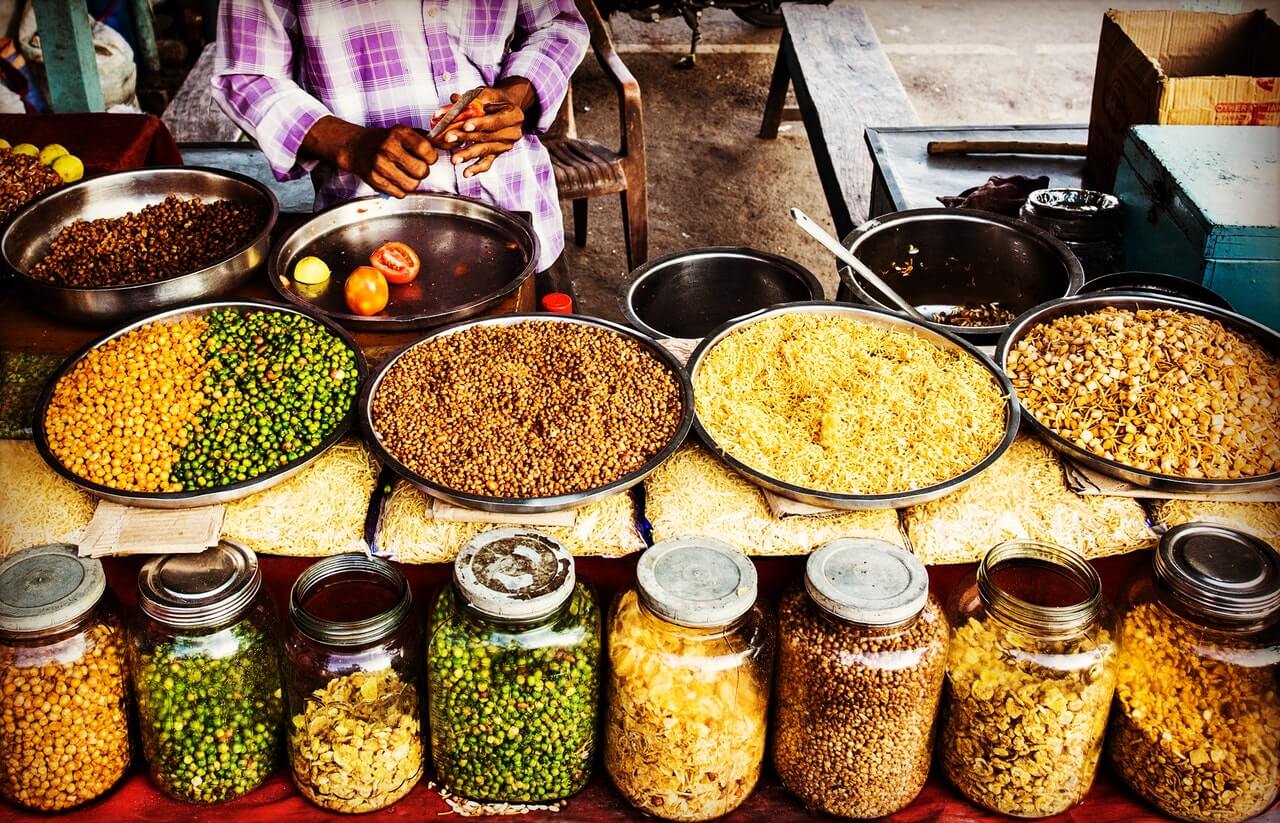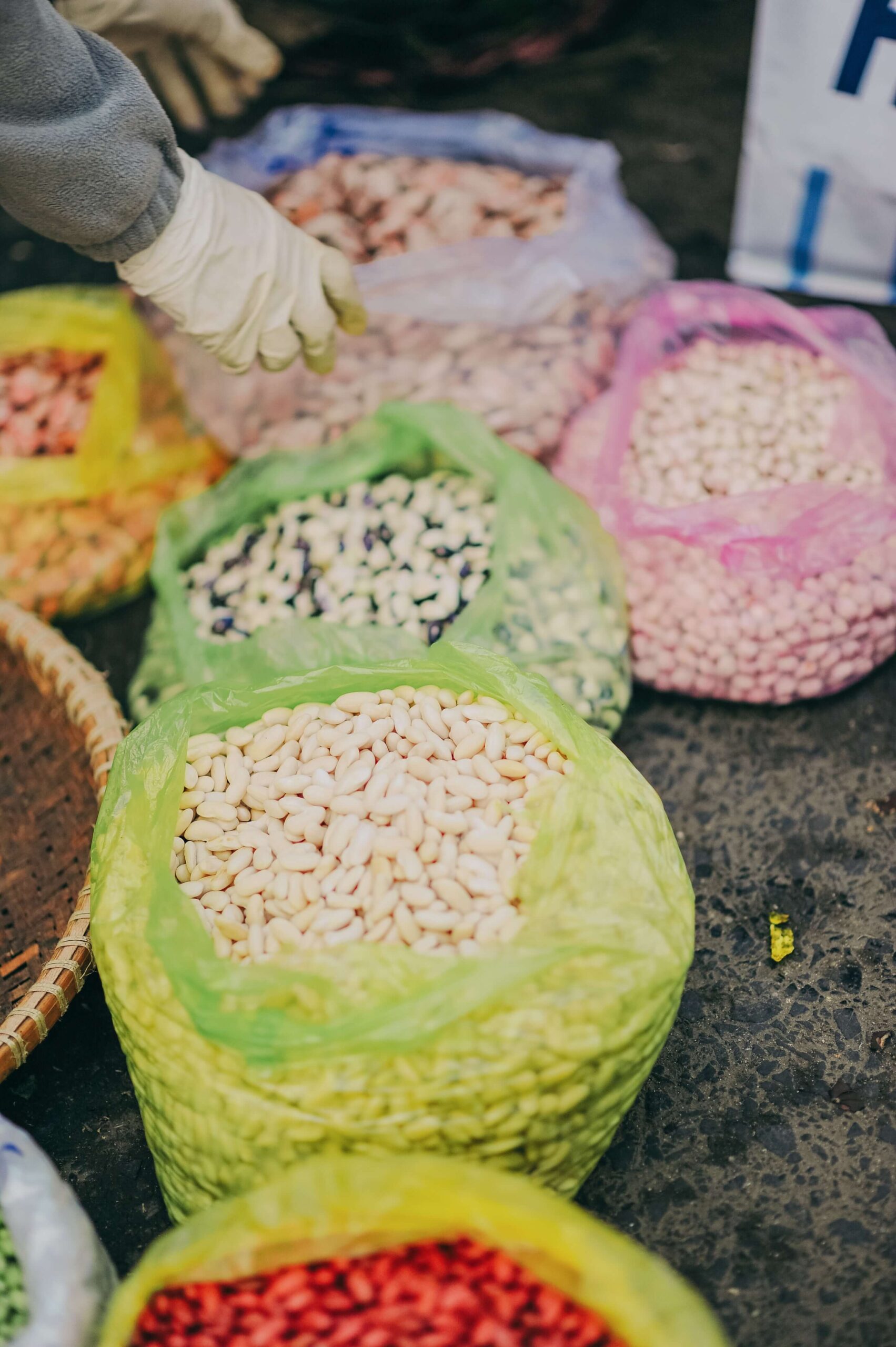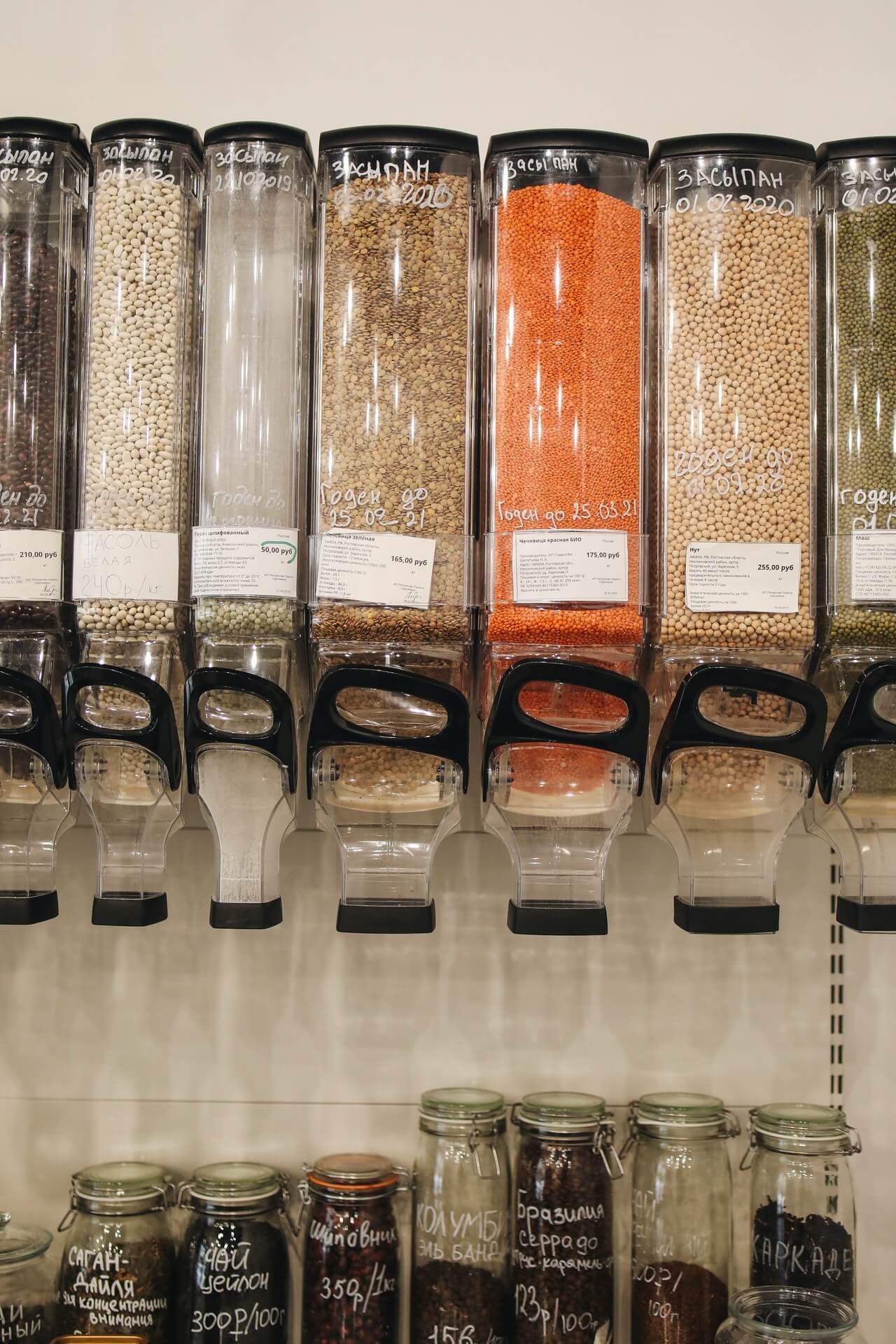
This article is about legumes facts for kids and adults, and should be considered as an excellent source of facts about legumes.
Legumes or pulses are grains and seeds that are grown for human consumption and livestock forage. There are different types of legumes, and most of them have rich nutrients. Legumes are harvested for dry seeds rather than their rich green stems. It contains high protein, fiber, vitamin B, and many more.
Legumes cover a wide range of dry seeds, including green beans and peas. It also includes oil extraction seeds like soybeans and peanuts, along with sowing forage seeds like clovers and alfalfa. Read on to discover more detailed facts about these protein-rich dry seeds.
Common Name: Legumes, pulses, and pod
Scientific name: Fabaceae
Length: 6.6 feet tall plant
Type: dry seeds
26 Legume facts for kids
- Legume or pulse is a fruit of pea family plants, Fabaceae.
- The legume fruits come in various sizes and shapes, but most are long and narrow and are grown in a single line of seeds.
- By the time of maturity, legume fruits turn dry, papery or hard, and woody. However, there are but there are exceptions. For instance snow peas (Pisum sativum), edamame (Glycine max), and green beans (Phaseolus vulgaris) are green and fleshy.
- Legume plants can have a maximum growth of 2 meters.
- Legume plants are harvested for humans and animal consumption. They also provide edible oils, fibers, and raw materials for plastics and fertilizers.
- Here are some of the most famous plants among the legumes – soybeans, chickpeas, cowpeas, lentils, peas, peanuts, soya beans, lupins, mesquite, carob, clover, alfalfa, and tamarind.
- Legumes are perfect alternatives for meat as they have rich protein content and fiber. This makes them ideal for all types of cuisines.
- Legumes are vital ingredients for a vegetarian diet, a vegan diet, and a flexitarian diet. They have nutrients that can lower the risk of heart diseases, heart strokes, obesity, and high blood pressure. They also aid in controlling diabetes and cholesterol. Legumes are also preferred for cancer patient’s diets.
- Legumes are very famous for increasing zinc content in the body. But, they are also renowned for causing stomach problems. Higher consumption of pulses can create gas in the stomach. This may lead to indigestion problems and stomach bloating.
- Legumes contain lectins which on raw consumption can cause nausea, vomiting, and diarrhea. And cooking legumes at higher temperatures can eliminate lectins in them.
- Legume plants have root nodules on their roots which host bacteria that can fix nitrogen in the soil. This is the reason for farmers to use legumes in crop rotation. They are often grown after rice and wheat harvest.
- Agriculturally grown legumes belong to many classes like forage, grain, blooms, industrial, pharmaceutical, green manure, fallow manure, and timber species. Commercially farmed legume species are grown for different purposes and cut to varying maturity stages depending on the needs.
- Legumes are alternatives for dairy items as they have rich calcium and vitamins in them.
- 100 grams of chickpeas contains almost 20% protein. They also comprise 30 % of dietary fiber, 43% of folate, and 52% of manganese of daily value.
- Legumes have a rich source of resistant starch. It is broken down by bacteria in the large intestine into short-chain fatty acids like butyrate. These fatty acids are absorbed by the intestinal cells for food energy.
- Legumes contain symbiotic bacteria called Rhizobia in their root nodules. It fixes the nitrogen in the atmosphere from molecular nitrogen into ammonia which is then converted into ammonium. The nitrogen root nodules are the source for the plant nutrients as well as they make the plant protein.
- Not all the legumes are pulses. The FAO or the Food and Agriculture Organization of the United Nations declares that pulses are limited to only legumes harvested for just dry grains. This excludes green legumes, making them vegetable crops and oil extracting legumes like soybeans and groundnuts.
- Green manure legumes are grown between periods when economically essential crops like rice and wheat are harvested before planting the successive crops.
- Forage legumes are legumes for animals and are of two types. Some of them are sown in pasture and grazed directly by the livestock like alfalfa, clover, vetch, and stylo. The other forage legumes are woody shrubs or tree-based species cut by the humans for the animals or directly broken down by the livestock.
- Forage legumes in the animal diets increase animal performance compared to perennial grasses. The legumes are easier to digest and have a higher feed conversion rate in animals. They are mostly preferred for cows as they increase milk yield.
- Legumes are not just for food, but they are also grown for their flowers. Lupins, a legume plant, are commercially grown for their blue blooms and can be seen in many famous gardens worldwide.
- Legume plants like Indigofera and Acacia species are harvested for industrial purposes. For example – dye and natural gum production.
- Legumes are sometimes seasonally cultivated in commercial crop fields to restore the nutrients in the soil. They have no other purpose, and the crops are either made into manure or made into natural gum. Leucaena, Cyamopsis and Sesbania are such legume species.
- Legume trees like locust trees, Kentucky coffee trees are used in permaculture food forests.
- Some legume trees are very poisonous, like laburnum and woody climbing vine wisteria.
- When it comes to pollination, Legumes can be both cross-pollinated and self-pollinated.
Legume type classification:
- Dry beans: Kidney beans, navy beans, pinto beans, black turtle beans, haricot beans, lima beans, etc.
- Dry peas: garden peas and protein peas.
- Chickpea, garbanzo, and Bengal gram.
- Dry cowpea, black-eyed peas, and blackeye bean.
- Pigeon pea, arhar or Toor, Ranjan pea, congo bean, gandules
- Lentils
- Bambara groundnut and earth pea
- Vetch
- Lupins
- Minor pulses: lablab, hyacinth bean, jack bean, winged bean, velvet bean, cowitch, and yam bean.
Conclusion – Legumes facts
Legumes belong to the Fabaceae family, and the term refers to the entire plant ( leaves, stems, and pods). They are rich in nutrients and are vital in human consumption as well as animals. Every part of the legume plant is used for different purposes in many industries. Well, now better include legumes into your diets for rich protein and fiber!
Pictures of Legumes



